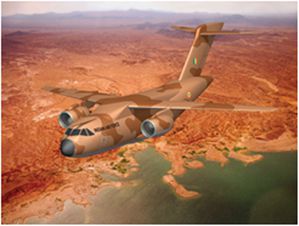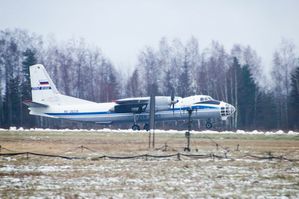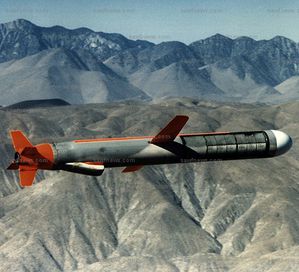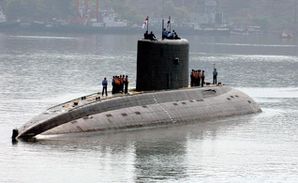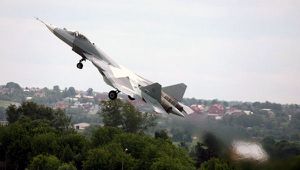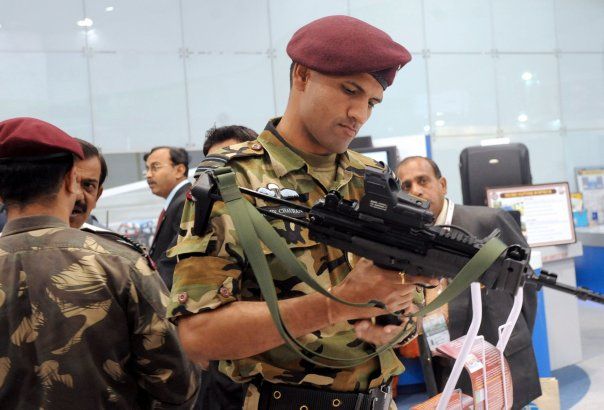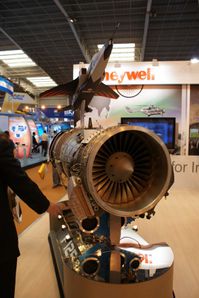Oct. 14, 2012 - By VIVEK RAGHUVANSHI Defense News
NEW DELHI — Despite paying more than $1.7 billion more than the contract amount for a used Russian aircraft carrier, India is in a bind: It cannot enforce a penalty for the delay of the
much-needed former Admiral Gorshkov, nor can it get out of the deal.
The carrier — renamed Vikramaditya and first scheduled to arrive in 2008, then postponed until this year — will not arrive until the end of 2013, as it is having problems with its boilers and
engine.
The admissions came during an Oct. 10 meeting between Indian Defence Minister A.K. Antony and his Russian counterpart, Anatoly Serdyukov. According to Indian Ministry of Defence sources, Antony
was unable to convince Serdyukov to enforce a penalty on the carrier delay.
India will be dependent on the Russian carrier until its home-built carriers come online in the 2019-2020 timeframe, said Rahul Gangal, director of Aviotech Defence and Aerospace Advisory.
“There have been other alternatives proposed; however, the Ministry of Defence has chosen to steer clear of those offers [for carriers],” Gangal said. “It would also be interesting to note
whether there is an official offer made for the two [British] Royal Navy carriers being built, which are facing budgetary contractions.
“Also interesting to note will be if Navantia or the Spanish government can come up with some options, because they have a well-established and proven build program, which is time-competitive,
too.”
The Russians rejected India’s demand for a penalty, claiming the delay was due to parts bought by the Indian Navy that failed during sea trials, an Indian MoD source said.
However, no other officials would comment on what this source said.
The Indian Navy has one 50-year-old aircraft carrier — Viraat — whose service has been extended to 2017.
“The delay of the Russian aircraft carrier will impact on the plans to field two independent carrier battle groups by the second decade of the 21st century,” an Indian Navy official said.
Also at the meeting, Antony formally conveyed India’s concern over the carrier delay, later telling reporters that the aircraft carrier is important for India.
“India’s concern is legitimate, as China last month put its first-ever aircraft carrier, the Liaoning, into service,” said defense analyst Nitin Mehta.
India’s autonomous auditing agency, the Comptroller and Auditor General (CAG), has severely criticized the delay in the delivery of the Russian carrier.
In a report submitted to the Indian Parliament on July 24, 2009, the CAG said, “The objective of induction of [Gorshkov] as an aircraft carrier in time to bridge the gap in Indian Navy
capabilities has been defeated. The decision to go in for repair and refit of a second-hand ship has become questionable, as a new aircraft carrier would have cost much less and would have had
twice the lifespan.”
The Indian Navy had to pay the Russians nearly $1.7 billion over and above the contracted 2005 price of refit at around $700 million.
In addition, the date of certification of a fifth-generation stealth fighter jet has been put off from 2017 to 2020, the official said. India plans to buy fifth-generation aircraft being jointly
developed by India and Russia that would cost more than $25 billion.
Sources in the Indian MoD said the two defense ministers discussed the roadmap for work share between Indian and Russian scientists, and a formal agreement is likely to be inked next month.















